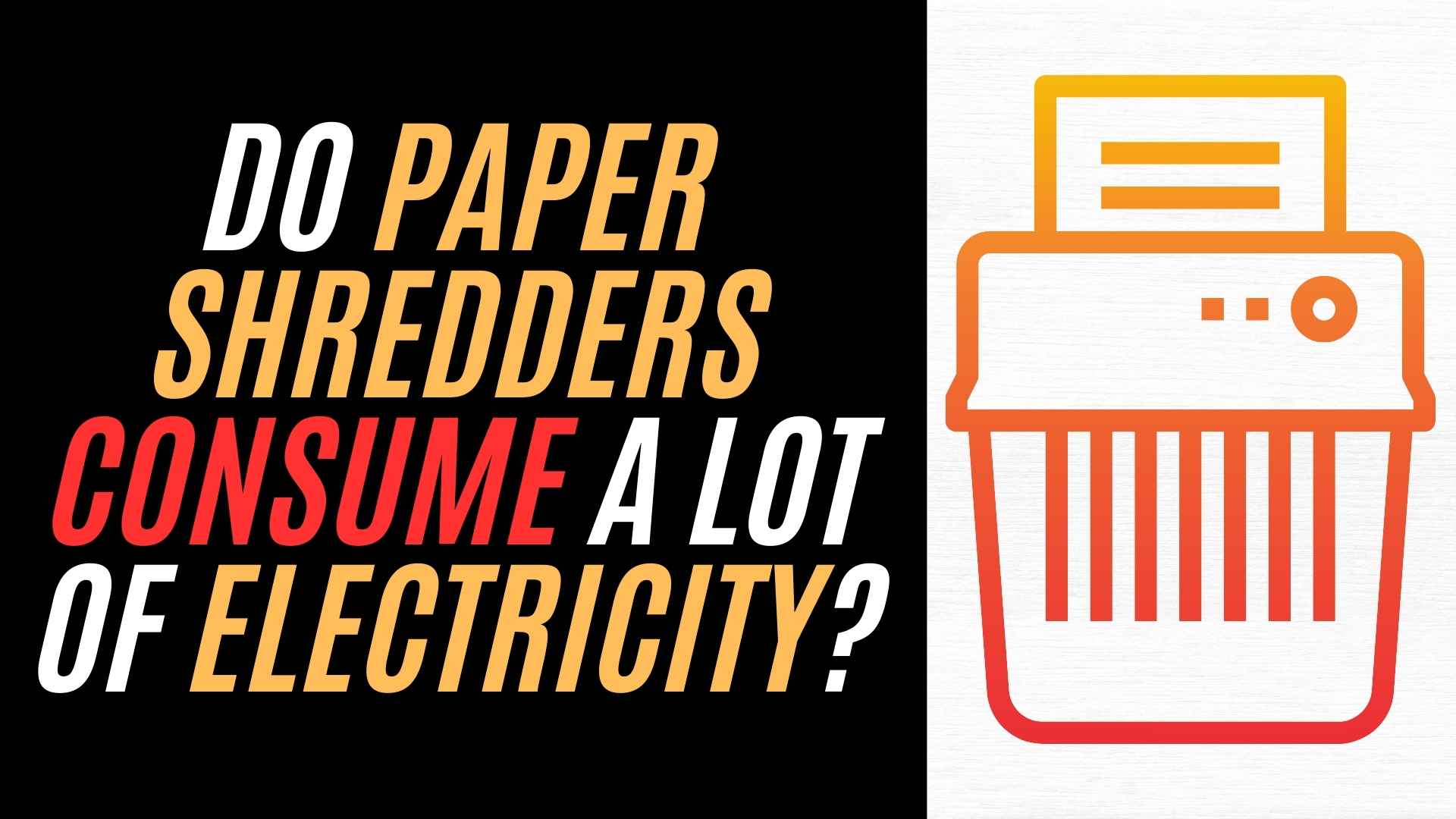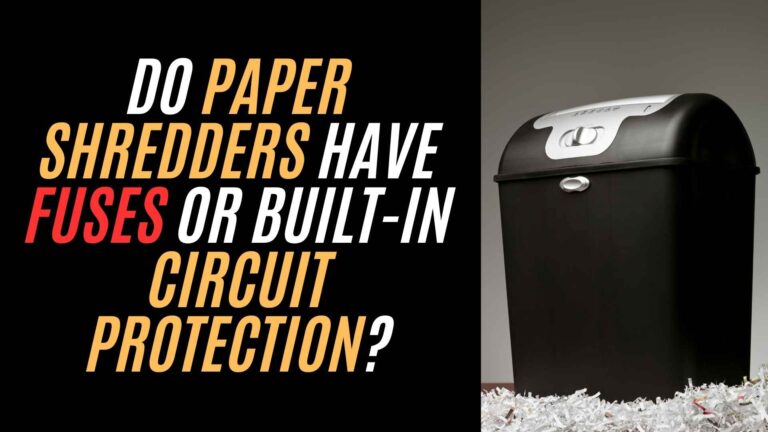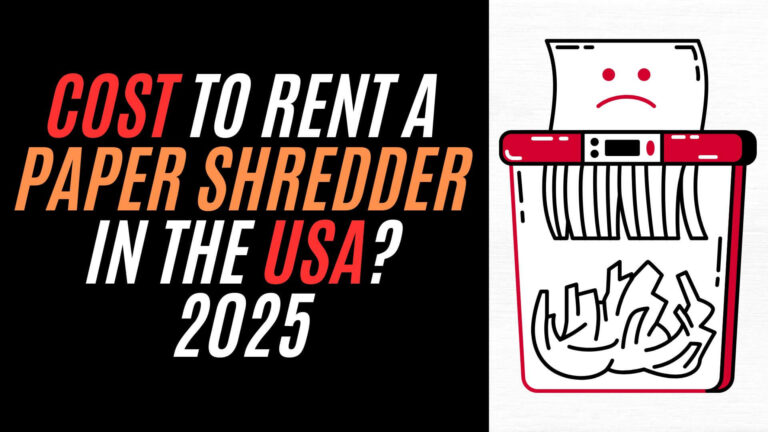Paper shredders are essential devices for keeping sensitive information secure. However, one common concern is whether they significantly impact energy bills due to their frequent use. While paper shredders do consume electricity, their power consumption is generally low compared to other household appliances.
The power usage of a paper shredder varies depending on the model, but typically ranges from 100 to 500 watts during operation. For context, a standard light bulb uses around 60 watts, and a microwave can consume about 1000 watts during use. So, even at the higher end of the spectrum, a paper shredder is much less power-hungry than common kitchen appliances.
Factors That Affect Power Usage
- Type of Shredder: There are different types of shredders, including strip-cut, cross-cut, and micro-cut models. Micro-cut shredders tend to use more energy because they have more blades and require greater motor power to produce finer shreds.
- Frequency of Use: If you use your shredder regularly for hours at a time (common in offices), it will naturally consume more energy than if it’s only used occasionally for household tasks.
- Size and Model: Personal shredders are usually designed for smaller tasks, consuming less energy than industrial or commercial shredders, which can be much larger and more powerful. Industrial shredders can run continuously, consuming more power, especially in heavy-duty settings.
Power Consumption of Different Shredder Types
Personal/Home Paper Shredders

Personal or home paper shredders are typically smaller and less powerful than their office or industrial counterparts, making them more energy-efficient. These shredders generally consume between 100 and 200 watts of power. They’re designed for light, occasional use and are perfect for small batches of paper. For example, popular models like the AmazonBasics 8-Sheet Shredder use about 130 watts during operation, which is comparable to a low-energy household appliance like an LED light bulb.
These models are typically strip-cut or cross-cut, both of which require less energy than more complex designs like micro-cut shredders. Given their intended use in home offices or personal spaces, they are usually sufficient for occasional paper shredding, such as clearing out old documents or personal files. In terms of energy costs, running these shredders is quite affordable. For example, the Crock-Pot or a small fan uses more electricity than a personal shredder running for an hour.
Office/Commercial Paper Shredders

Office shredders are a bit more powerful, with typical consumption ranging from 200 to 500 watts. These shredders are built to handle larger volumes of paper and can run continuously throughout the day without overheating. For instance, a Fellowes Powershred 79Ci consumes about 300 watts when in use.
Office shredders, often cross-cut or micro-cut, provide a higher security level, which requires more power. They are intended for environments with frequent usage and moderate workloads, such as small to medium-sized businesses. The increased power allows them to shred more sheets of paper at once and provides the durability needed for repeated use without causing excessive wear.
Compared to personal shredders, office models are not only more powerful but are also built to withstand a more demanding job, making them less energy-efficient on a per-sheet basis.
Industrial Shredders
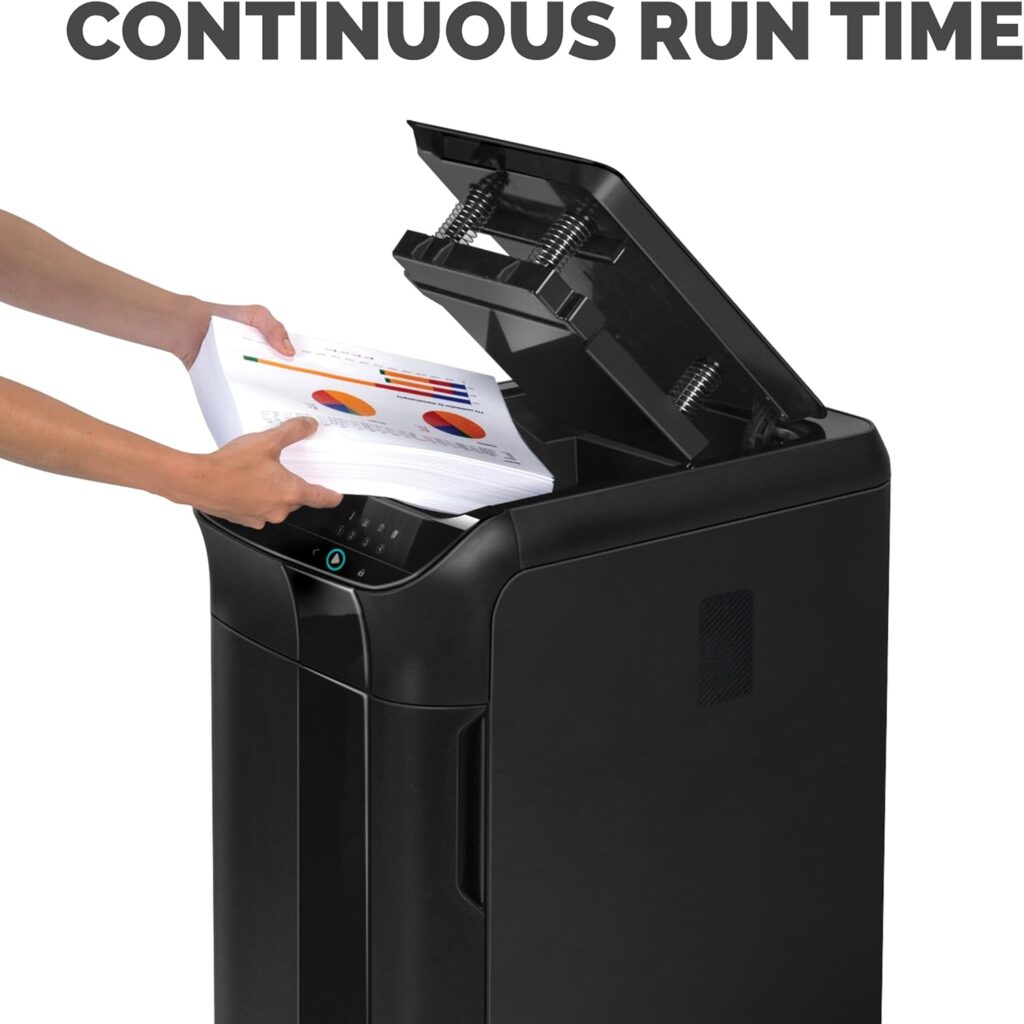
Industrial shredders are heavy-duty machines designed for large-scale operations, capable of shredding hundreds or even thousands of sheets per day. These models consume 500 watts or more, depending on the size and capabilities. For example, the Intimus 8000 is an industrial shredder that consumes 8 HP (about 5,900 watts), and it is intended for high-volume use in factories or large businesses with very high shredding demands.
The significant power consumption is due to the large motors (often ranging from 5.5 HP to 12.75 HP) and the need to continuously process a high volume of paper without failure. While these machines are efficient at shredding massive quantities of paper, they also consume considerably more electricity, which increases both operational costs and environmental impact.
Summary of Power Consumption by Shredder Type:
- Personal/Home Shredders: Low consumption (~100-200 watts), good for occasional use.
- Office/Commercial Shredders: Moderate consumption (~200-500 watts), designed for continuous, high-volume use.
- Industrial Shredders: High consumption (500+ watts), suitable for very large shredding tasks in industrial settings.
Tips for Reducing Power Consumption
Using a paper shredder doesn’t have to be a drain on your energy consumption. By following these tips, you can reduce the amount of electricity your shredder uses and make the process more efficient.
Optimizing Usage
- Use shredders only when necessary: Instead of leaving your shredder running for long periods, use it in short bursts. Only shred the documents you really need to, and avoid running it for excessive time.
- Run in short bursts: Running your shredder for several minutes at a time can overheat the motor and use more power. Shredding in short, manageable bursts allows the shredder to cool down and minimizes energy waste.
Regular Maintenance
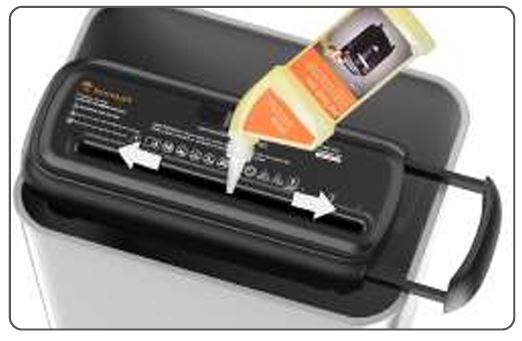
- Clean and oil the blades: Regular maintenance, such as oiling the shredder blades, reduces motor strain. This not only extends the shredder’s life but also keeps it running efficiently without wasting extra energy.
- Empty the bin frequently: A full shredder bin causes the machine to work harder, consuming more energy. Emptying the bin regularly will keep your shredder running at peak efficiency.
Choosing Energy-Efficient Models
- When shopping for a shredder, look for models that feature energy-saving options like auto-off or sleep modes. These features ensure the shredder consumes minimal energy when not in use.
Switching Off When Not in Use
- Unplug the shredder: If your shredder doesn’t have an automatic off function, unplugging it when not in use is an easy way to avoid unnecessary energy consumption.
- Use an energy-saving power strip: Plugging your shredder into a power strip with an on/off switch makes it easy to completely cut power when it’s not needed.
Frequently Asked Questions
Do paper shredders consume a lot of electricity if used for short periods?
No, paper shredders generally don’t consume a lot of electricity, even with frequent use, as long as you’re using them in short bursts. The energy consumption is relatively low for most home models (100-200 watts). Shredders are designed to handle occasional tasks efficiently, and since they don’t operate continuously, the overall power draw remains minimal.
However, long sessions without breaks, especially with high-powered industrial shredders, can increase electricity use. So, to keep things efficient, it’s best to limit shredding sessions to necessary tasks and avoid running the machine continuously.
Can I leave my paper shredder plugged in all the time?
While leaving your paper shredder plugged in is generally safe, it’s not the most energy-efficient choice. Even when not in use, many shredders continue to draw some power, a phenomenon known as “standby power.”
To conserve energy, it’s a good idea to unplug the shredder when you’re not using it, or use a power strip with an on/off switch to easily disconnect it from the power source. This small change can make a difference in reducing unnecessary electricity consumption over time.
What is the average lifespan of a paper shredder and does it affect power usage over time?
A well-maintained paper shredder can last between 5 to 7 years, depending on usage frequency and quality of the model. Over time, a shredder may lose efficiency due to wear on the motor and blades, which could result in increased power consumption.
Regular maintenance, like oiling the blades and cleaning the machine, can extend its lifespan and keep energy usage consistent. If your shredder is becoming inefficient, it might be time to replace it, as older machines can use more power than newer, energy-efficient models.
Are there any paper shredders that don’t require a lot of electricity to operate?
Yes, many modern paper shredders are designed to be energy-efficient. Look for models that are Energy Star-rated or feature auto-off and sleep modes. These shredders use less electricity by automatically turning off when not in use, which helps conserve power.
Smaller, personal shredders typically consume less energy than larger commercial ones, making them a good option for light, occasional use at home.
Can paper shredders be eco-friendly or energy-saving?
Absolutely! In addition to choosing energy-efficient models, eco-friendly shredders are often built with sustainable materials and designed for lower power consumption. Opt for shredders with auto-shutoff functions or sleep modes, as they only use energy when actively shredding.
Some manufacturers also use recyclable plastic for their machines or offer shredders with eco-friendly features like low-watt motors. Using these types of shredders not only saves energy but also helps reduce your environmental footprint.
Conclusion
In summary, paper shredders can vary in power usage depending on the model and how often they are used. While home models are generally low-energy devices, industrial models can consume more electricity. With regular maintenance, mindful usage, and choosing energy-efficient models, you can minimize the impact of paper shredders on your electricity bill.
When purchasing a shredder, consider its energy-saving features and choose one that fits your needs. By making informed decisions, you can keep shredding efficiently without worrying about significant energy consumption or environmental impact.
